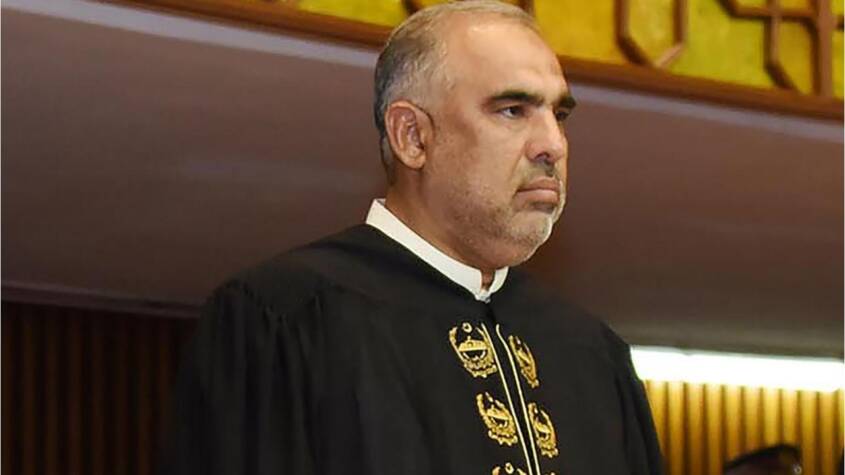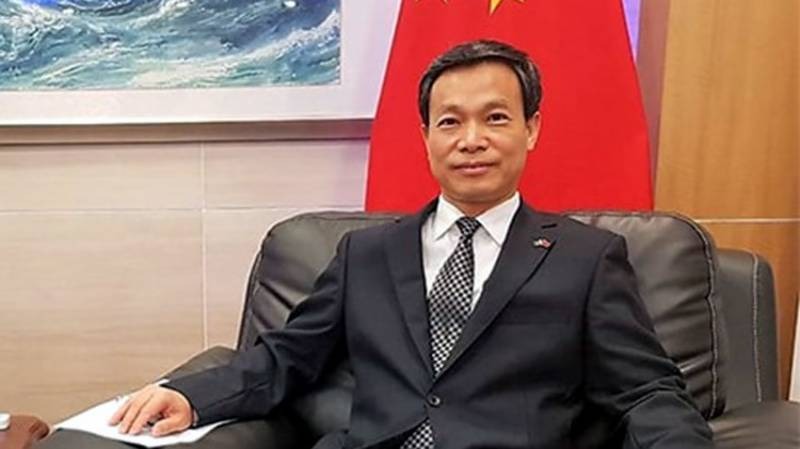Pakistan’s making way towards economic stability, Fitch Ratings stated as structural economic reforms remain essential.
Fitch Ratings stated on Thursday that Pakistan has made notable strides in restoring economic stability and bolstering its foreign exchange reserves. The agency emphasized that implementing structural reforms remains essential for upcoming International Monetary Fund (IMF) reviews and securing ongoing financial assistance from multilateral and bilateral partners.
The State Bank of Pakistan (SBP) lowered its policy rate to 12% on January 27, reflecting recent progress in controlling inflation. According to Fitch, consumer price inflation dropped to slightly above 2% year-on-year in January 2025, a significant decline from the nearly 24% average in the fiscal year ending June 2024 (FY24).
The report attributed this rapid disinflation to diminishing base effects from prior subsidy adjustments and exchange rate stabilization, reinforced by a stringent monetary policy that curtailed domestic demand and external financing needs.
Fitch noted that economic activity is now gaining from greater stability and declining interest rates after previously absorbing tight policy measures.
It projected a 3.0% real value-added growth in FY25, highlighting that private sector credit growth turned positive in real terms in October 2024 for the first time since June 2022.
Pakistan’s current account recorded a surplus of around $1.2 billion (over 0.5% of GDP) in the six months leading up to December 2024, reversing a comparable deficit from FY24. This improvement was driven by strong remittance inflows, robust agricultural exports, and stringent policy actions.
Fitch credited foreign exchange market reforms introduced in 2023 for this turnaround. When it upgraded Pakistan’s rating to ‘CCC+’ in July 2024, it had anticipated a slight increase in the current account deficit for FY25.
Foreign exchange reserves have exceeded targets set under Pakistan’s $7 billion IMF Extended Fund Facility (EFF) and Fitch’s earlier forecasts. By the end of 2024, gross official reserves surpassed $18.3 billion—equivalent to approximately three months of external payments—up from about $15.5 billion in June.
Despite this progress, reserves remain low compared to funding requirements, as Pakistan faces over $22 billion in public external debt repayments in FY25.
This includes nearly $13 billion in bilateral deposits, which Fitch expects to be rolled over, given IMF-backed commitments. Saudi Arabia extended $3 billion in December, while the UAE renewed $2 billion in January.
Fitch indicated that future bilateral capital inflows would likely become more commercially driven and linked to policy reforms. Discussions have already taken place regarding a partial sale of a government stake in a copper mine to a Saudi investor, and Pakistan recently secured a deferred oil payment agreement with Saudi Arabia.
Despite significant upcoming maturities and existing lender exposures, acquiring adequate external financing remains a challenge. Authorities have allocated approximately $6 billion from multilateral sources, including the IMF, for FY25, but Fitch noted that nearly $4 billion of this would effectively refinance existing obligations.
A newly announced $20 billion, 10-year framework with the World Bank Group aligns with expectations, given the group’s current $17 billion project portfolio and an average of $1 billion in annual net new lending over the past five years.
Fitch acknowledged Pakistan’s progress on fiscal reforms, despite some hurdles. The primary fiscal surplus has exceeded IMF targets, but federal tax revenue growth in the first half of FY25 fell short of the IMF’s performance benchmark.
While all provinces have enacted higher agricultural income taxes—a key structural requirement under the EFF—the reform’s January 2025 implementation deadline was missed due to delays.
Fitch noted in July that a sustained recovery in reserves, further mitigation of external financing risks, and continued fiscal consolidation in line with IMF commitments could lead to a positive rating adjustment.
However, it cautioned that setbacks in external liquidity, such as delays in IMF reviews, could result in a downgrade.
Related Posts

















